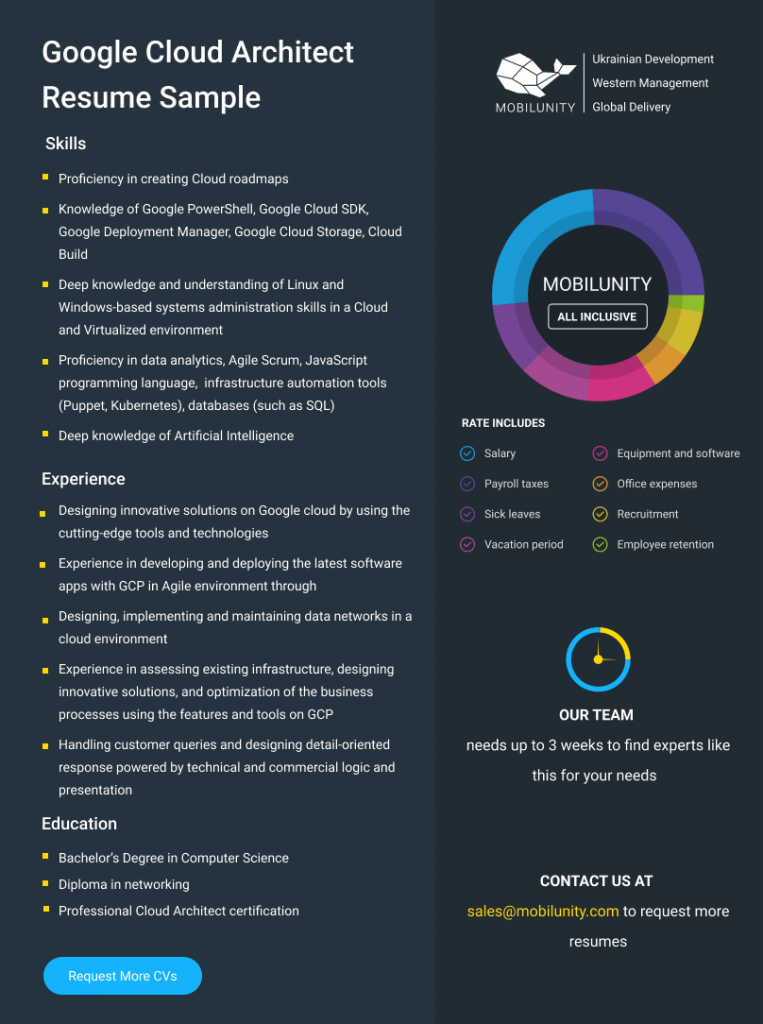
#Google app engine sdk python code#
Screenshot of the datastore delete builtin UIīe aware that these deletes are issued by your application (you can read about how the handler works by looking at this code file in the SDK). To enable this functionality, simply enable the following builtin in your app.yaml file: builtins:Īdding these lines to app.yaml enables the “Datastore Admin” page in your app’s Admin Console, where you can see all of the entity types you are able to delete: Today, we are releasing an experimental addition to the admin console which provides a simple UI for delete all entities, or all entities of a given kind, in your datastore. Note: this feature is currently only available by default for Python see the note below for ways to use it with Java application. Delete all (or a part) of your application’s data Support for builtin handlers is not yet available for Java applications, but will be available in an upcoming release.

If you are already using the remote api endpoint your app, you can choose to remove the entry in the handlers section of your app.yaml and use the above directive instead to simplify your app.yaml file. For example, to use the remote_api with your application, simply add the following to your app.yaml file: builtins:

The libraries available today are remote_api, appstats, and the datastore_admin feature (see below). This release contains a new feature for Python apps: builtin handlers that allow you to quickly and easily enable standard functionality in your application without adding additional code to your codebase. This can be very helpful for debugging your tasks in production.

Second, we’ve added a new "Run Now" button to the Task Queues section of the Admin Console that enables developers to run a task immediately. This release also has a couple new Task Queue features: First, the maximum bucket size that you can specify during queue configuration is now 100, up from 50. Screenshot of the instances page of the Admin Console


 0 kommentar(er)
0 kommentar(er)
